Weight Male Female around 18 kg. Male 55 to 61 cm. Higher classification Dog Country of origin Valencian Community | Male around 20 kg. Height Male Scientific name Canis lupus familiaris Rank Breed | |
 | ||
Other names Xarnego ValencianoGos conillerPodenco Valencíano Similar Carea Leonés, Herreño Wolf Dog, Podenco Canario, Andalusian Hound, Southern Hound | ||
Jones xarnego valenciano
The Xarnego or Xarnego Valenciano is a hound breed of dog originating in Valencian Community, Spain. This breed is known by several names, according to the different areas of the Valencian geography: Xarnego, Xarnego Valenciano, Gos coniller, Podenco Valencíano.
Contents
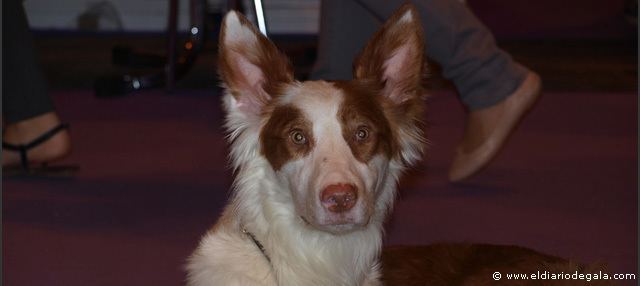
This breed has three types of hair, smooth, hard and "sedeño", being the only type of Iberian podencos/pondengos having the latter type of hair also transmitted, as with some other autochthonous breed, of randomly way among litters that born of straight hair. The sedeño variety of this breed is known as "Polserut", local word for a particular type of coat in this breed, though long, is substantially different in layout and texture.
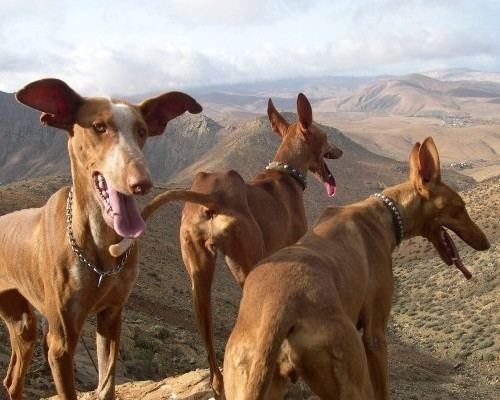
Xarnego valenciano jota
History
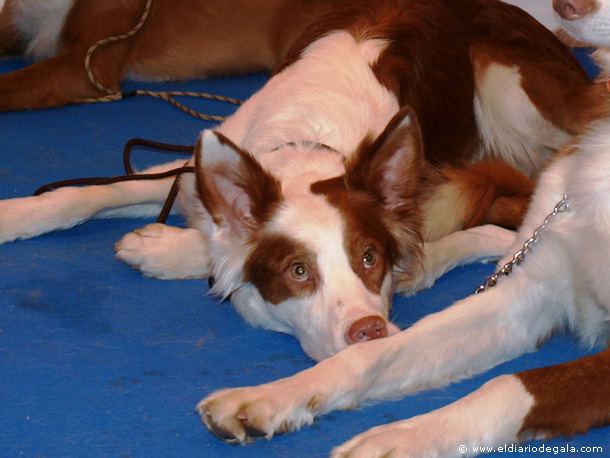
The Xarnego is possibly the oldest of the Peninsular podencos/podengos dogs. Representative of an original kind and generous lender of its blood. Described by many canine and hunting experts authors around the Mediterranean area. For the historical background and the morphological type with which the breed has come down to today, the Xarnego represents the genuine type of hound that with more integrity in its structure has kept safe from the stakes of other exogenous influences. This is thanks to the reason for its existence: its full functional capability through the centuries in the geographical area of its own. Although being the original trunk recognized of the hound type, has not been recognized by the Fédération Cynologique Internationale.
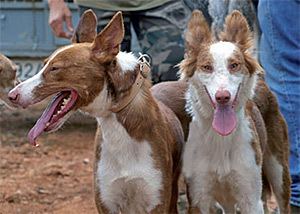
The first historical references and appear in the engravings and paintings of the shelters and caves of the Spanish Levante, the illustrations are numerous as Juan de Dios Olías Rubio explains in his book El Perro de los Dioses, thorough study of the origin of the Iberian podencos/podengos, and in this research work are:

On page 91 appears the fig.25 entitled Canid of the Cave of la Araña (Valencia), possibly a fox. On page 96 appears the fig.26 entitled Some wolves of the Barranc de la Palla (Alicante). On page 97 starts a chapter entitled Arte Levantino in which the references, quotes, photos and drawings of the Iberian representations of Iberian podencos predecessors of the Xarnego are constant from the Rock art to the Iberian period.
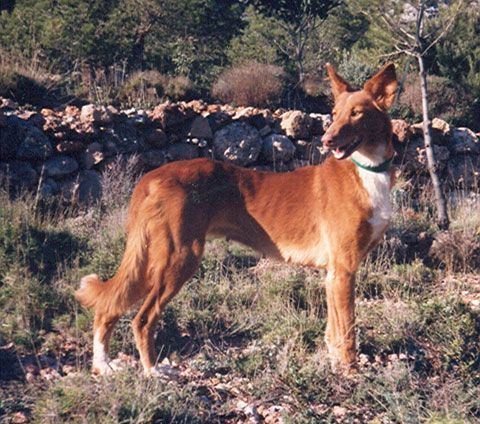
In the world of Roman art was found riddled with pictorial representations on their famous mosaics representing hound-type dogs, some already very similar of what it would understand as the Xarnego close on morphological type, some are in the Capitoline Museum in Rome. The tombstones of the tomb of the 4th century found in Tolfa, near the Italian capital.
The word "Charnego" appeared documented in Kingdom of Castile in the 13th century and refers to these specialized dogs in hunt at night (the podencos during long stages of its existence have been the dogs of the most disadvantaged social classes who had the prohibition of hunting under very severe penalties), All these podencos were valuable specimens for its venetoria qualities (more valuable not only for its specialization in night hunting, but also for the contribution of proteins accounted in rabbits for poor people in the time).
Also known in the Valencian Community as "Gos Coniller" which makes complete reference to its functional ability, rabbit hunting in any form.
Another significant reference appears in the tomb of who is a historical figure of the first magnitude in the Valencian area, Cesare Borgia (the sculpture of the tomb was made by the Basque artist Victoriano Juaristi), where it illustrate a figure of Cesare accompanied with a Spanish podenco dog. It is believed that this was a Xarnego due to its ample physical similarities and also by the geographical location.
Colors
The classic colors into the breed are cinnamon, black, brown and chocolate, monocolored or preferably mixed with white areas that appear on the face, neck, termination and abdomen.
Size
- Males 55 to 61 cm. Weighing about 20 kg. - Females 50–57 cm. Weighing about 18 kg.
Fur
In the Xarnego it defined three types of hair:
Hunting
Its main function in work is the rabbit hunting in all its forms and grounds, equipped with a good venatoria attitude, and suited to a variety of different ecosystems that exist throughout the Mediterranean basin and particularly in the Spanish Levante and Ebro valley. It is equipped with a good ear and eye, with a portentous smell, making it a versatile hunting dog.
